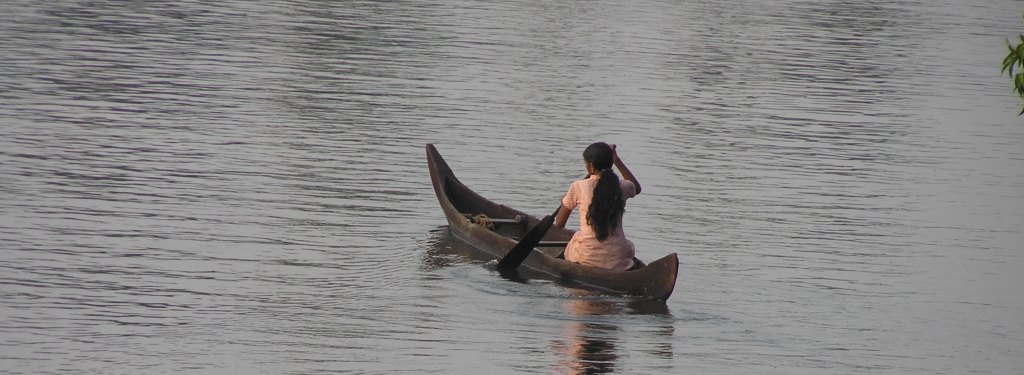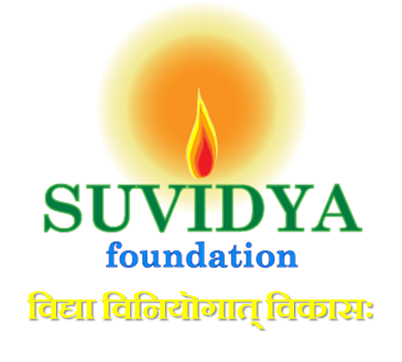 Education in rural India is suffering because of many factors. There is a severe shortage of teachers forcing the schools to combine children of different grades into a single class room. The teachers are invariably overworked and underpaid. The attrition of good teachers from Government rural schools to private schools in nearby towns is on the rise. The school infrastructure to imbibe newfangled ways of teaching young children is insufficient. Owing to all these, our children in rural India are falling behind in the 3 R's (Reading, wRiting and aRithmetic abilities). For example, TechnoPak analysis for the year 2011 showed that the reading ability of our rural children was less than 50% and arithmetic ability ~ 30%. Year after year this ability is only degrading further. In addition to all this, a lack of affordability has only increased the gap in exposure to new technologies between rural and urban children. If this trend continues, India which has the largest youth population in the world will also end up having the largest percentage of its youth unfit for most new-age jobs. This augurs ill for the progress of the country.
Education in rural India is suffering because of many factors. There is a severe shortage of teachers forcing the schools to combine children of different grades into a single class room. The teachers are invariably overworked and underpaid. The attrition of good teachers from Government rural schools to private schools in nearby towns is on the rise. The school infrastructure to imbibe newfangled ways of teaching young children is insufficient. Owing to all these, our children in rural India are falling behind in the 3 R's (Reading, wRiting and aRithmetic abilities). For example, TechnoPak analysis for the year 2011 showed that the reading ability of our rural children was less than 50% and arithmetic ability ~ 30%. Year after year this ability is only degrading further. In addition to all this, a lack of affordability has only increased the gap in exposure to new technologies between rural and urban children. If this trend continues, India which has the largest youth population in the world will also end up having the largest percentage of its youth unfit for most new-age jobs. This augurs ill for the progress of the country.
Excerpts from article "Education Deficit", 10th Feb 2013 by Arvind Singhal
- Beyond the fiscal deficits, lending rates, and taxation slabs, India's future is and would continue to be determined by how the nation grapples with rising deficits in 12 major areas that include education, healthcare, water, energy, food, land, housing, sanitation …
- With the 21st century world widely claimed to be a "knowledge" and increasingly, more "technology" driven one, a very sharp focus on education (primary, secondary, higher, and vocational) would have been one of the top priorities of all governments (center and state) and cut across all ideological and party lines. Yet, the gap in absolute terms has continued to increase since 1951, and has actually increased the most since 1991…
- The situation is bleaker when it comes to higher education. At about 12% (about 17 million enrolment), India currently has amongst the lowest Gross Enrolment Ratio not only compared with the developed nations but even the major developing ones…
- … the current annual deficit between the required capital expenditure for additional capacity creation and the actual available funding may be as much as US$ 80 billion (or over Rs 450,000 Crores). Since it is impossible to generate this quantum of resources, India has to think completely beyond the conventional and look very aggressively at technology & mass electronic communication based solutions that can mitigate the need for physical schools …
Education Outlook, Mar 2013 by Enayet Kabir et al.,
The investment required for bridging the current need gap is so huge that, with the current budget allocation and private investment, it would be impossible to bridge the ever widening gap. Therefore, technology will have to be leveraged to address the issues of accessibility, affordability, and quality. We have seen that technology-based business models have been extremely disruptive in the past, and if the current trends are anything to go by, we shall witness exponentially disruptive models in the future as well
Education Outlook, July 2012 by Aurobindo Saxena et al.,
- India has the world's largest population in the age bracket 5 to 24 years of about 450 million
- The Indian literacy rate currently stands at 74% compared to 12% at the end of British rule in 1947. Although there has been a six fold growth, the level is well below the world average literacy rate of 84%, and India currently has the largest illiterate population compared to any other nation in the world
- The Indian private spend on education in 2011 was estimated to be over USD 60 bilion across all segments (Schooling, Higher Education, Vocational and Ancillary) or approximately equal to 3% of our GDP
- During the financial year 2011-12, the Central Government allocated USD 8 billion to the Department of School Education and Literacy itself, which is the main department dealing with primary education in India. Yet, there exists a huge demand and supply gap …
- The (schooling) segment is also the largest education segment valued at USD 44 billion in 2011 and is expected to reach USD 144 bn by the year 2020
- The big question that crops up is "Are our schools keeping pace with the changing times?
- The enrolment ratio drops to 81% after primary schooling and to 31% in grades 9 to 12 - UNESCO Institute for Statistics, DISE, MHRD, Technopak Analysis
- … private schools account for 20% (.26 million) of the total number of schools (1.3 million), they provide education to more than 30% of students. (So approx 70% students go to Govt run / aided schools)
- India will require 6.0mn more teachers by 2020 to attain the world average in terms of student teacher ratio. This would mean a requirement to train 0.75mn teachers p.a., as against this the total capacity of all B.Ed. Colleges currently is only 0.25mn p.a. (Severe shortage of teachers, 1:3)
- … most schools still follow the rote learning practices, which hamper the quality of education severely. This is further supplemented by ineffective assessment of students
- Schools will go from 'buildings' to 'nerve centers' , with walls that are porous and transparent, connecting teachers, students and the community to the wealth of knowledge that exists in the world
Annual Status of Education Report (ASER) 2012
- ASER 2012 reached 567 out of 585 districts, 16,166 villages, 3,31,881 households and 5,96,846 children
- The All India figure for the proportion of children in Std V who are NOT able to read a Std 2 level text has increased from 52% in 2011 to 53.2% in 2012
- Nationally, more than 70% children studying in Std V in Government schools can not even perform 2-digit subtraction with borrow. More than 75% children studying in Std V in Government schools can not do problems with division
- Nationally, for rural government primary schools, data suggests that over half of all classes visited are multi-grade. For example, all India Std 2 was sitting with one or more other classes in 58.3% of Std 2 classes in primary schools were sitting with another class. This figure is 53% for Std 4
